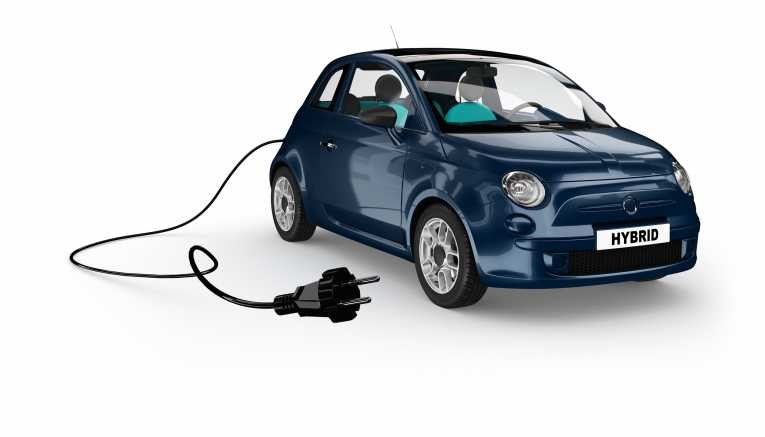Since 2011, power companies have been selling less and less electricity. Current trends in the industry illuminate the possibility of an ever-increasing dip in electric use as homes go solar, appliances become more efficient, electronic gadgets do more with less power, and cloud computing allows companies to rely on less energy-sucking servers. The U.S. Energy Information Administration (EIA) also lends itself to believe that U.S. homes and buildings are using less electricity because structures are better insulated, and the warmer winters and cooler summers reduce demand.
Solar power and distributed energy have caught on, and although solar is still a small part in the over-all energy industry of America – making up just over 1% of the total national generation capacity – it has quadrupled in 2010-2014. These numbers are compelling and are the challenge staring utility companies in the face. As solar power becomes less expensive, it allows for more and more panels to be installed in homes. With the decrease in use of electricity, the utilities’ rates for remaining customers will go up, making solar energy even more appealing. This is the vicious cycle that threatens to weaken utility companies and lends itself to the potential risk of decentralizing America’s power system in the future.
This cycle, however, does not spell immediate doom for utilities, and the power company’s potential shift in power may have a silver lining. Today, Americans spend about $1.4 billion on fuel for their vehicles which was an abundant market that the electric companies could not tap into. However, in the new era of sustainable energy, by providing charging systems and contracting with owners to buy back energy stored in vehicles’ batteries, the increase in plug-in vehicles could be the new business model utility companies need.
Plug-in cars can easily be underestimated. At a mere 250,000 electric cars now on American roads, they account for only 1% of vehicles sold, which doesn’t seem much on paper. However, sales have only risen with each year. And, the good news to utility companies is that homes that own a plug-in car typically consumes 58% more electricity. By riding the wave of efficient energy use and the increase in electric powered cars, it may be a game-changer for utility companies to ensure their existence in America’s future transportation infrastructure.
A downside to this wave of efficient energy use in America is that it could possibly lead to the overall population investing in solar energy for their homes which leaves little room for utility companies as people would rely on “home-brewed” energy for their everyday needs. It is imperative that the sustainable energy revolution be taken seriously by utility companies and that they embrace the impending change in America’s energy use. The industry of sustainable energy has untapped growth and potential, while utility companies must begin thinking of innovative ways to stay alive and prevalent in the new energy era.


